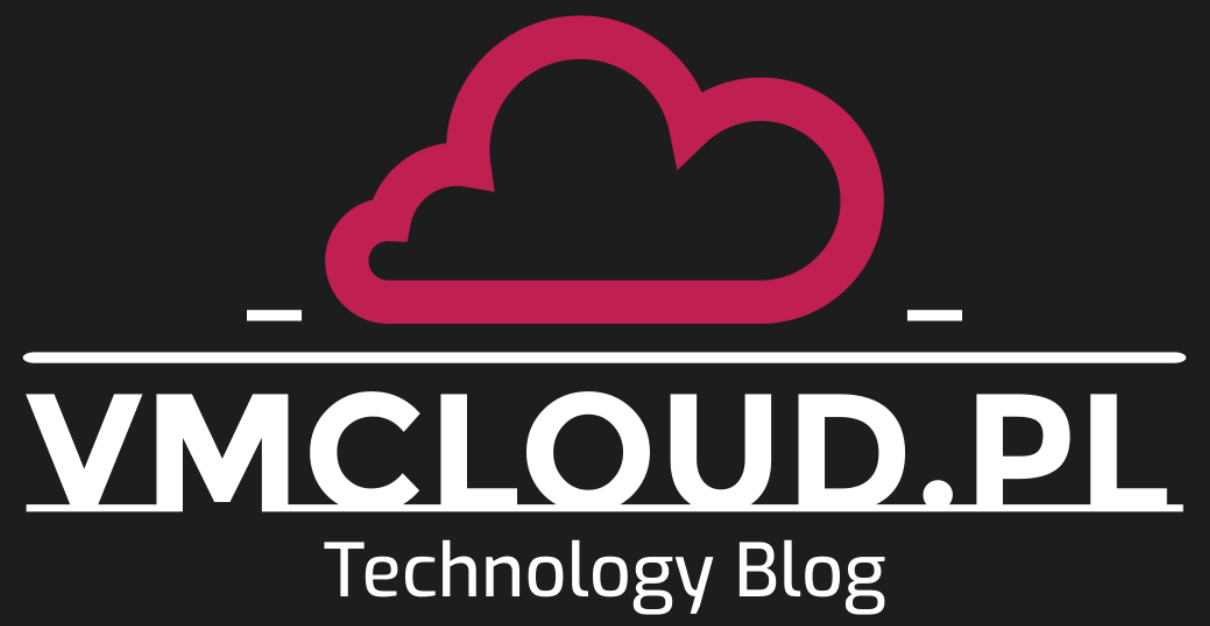ESXi is a powerful and versatile hypervisor that is widely used for virtualization in data centers. However, if you forget your root password, it can be a serious problem. Fortunately, there are several methods to reset the ESXi root password. In this article, I will walk you through step-by-step instructions on how to reset a... Continue Reading →
Ansible Playbook: Patching ESXi Host
Ansible is a powerful automation tool that allows you to execute multiple tasks within one playbook. With Ansible, you can automate a wide range of tasks, from configuration management to application deployment, and more. Its ease of use and flexibility make it a popular choice for automating IT infrastructure. As you continue to learn Ansible,... Continue Reading →
How to Deploy ESXi 8.0
VMware vSphere 8.0 was released in late 2022 along with VMware ESXi 8.0 and VMware vCenter Server 8.0. All this comes with lots of new features, improvements and a brand new GUI look. In this article, I will show you step by step how to install ESXi 8. Prerequisites License and ISO VMware provides a... Continue Reading →
Ansible Playbook: ESXi Maintenance Mode and Reboot
In Ansible, you can run multiple tasks by grouping them under a single play. A play is a collection of tasks that target a specific set of hosts and are executed in order. In this article I would like to share couple of my Ansible Playbooks for ESXi Maintenance and Reboot. All Ansible Playbooks used... Continue Reading →
What is Ansible Inventory and How to Add ESXi
Ansible Inventory is a hosts file which contains every server that is managed by Ansible. Inventory file is located in /etc/ansible/hosts on your Ansible VM. Once you add server in hosts file, you need also to establish an SSH connection using SSH key. In this article I will show you how to add servers to... Continue Reading →
How to Patch ESXi Host with CLI
Patching is a release that includes improvements to the current version of the software. You can patch the ESXi host with vSphere Lifecycle Manager (vSphere Update Manager in version 6.7 and lower), but I think it's worth trying to patch the ESXi host with the Command-Line Interface (CLI). This will allow you to practice managing... Continue Reading →
How to Upgrade ESXi Host with Lifecycle Manager
vSphere Lifecyce Manager (vLCM) is a new feature in vSphere 7 that provides a centralized way to manage software and ESXi host software versions. It is the next generation replacement for vSphere Update Manager (VUM). It can be used to update multiple hosts simultaneously. This method is suitable for upgrading hosts in a vSphere environment... Continue Reading →








